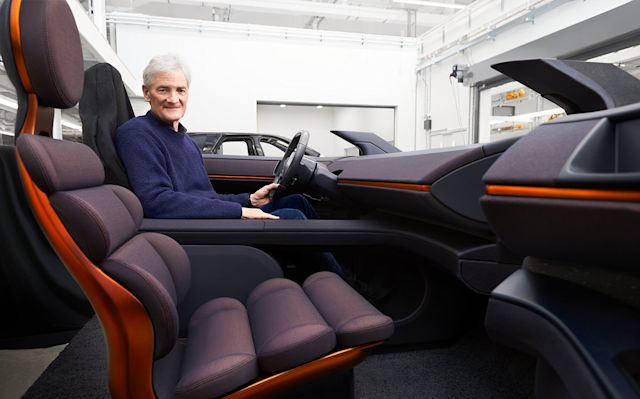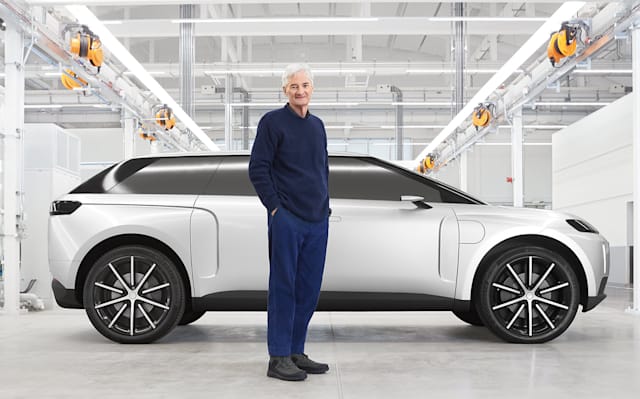The Dyson electric car would have been something out of a futuristic movie or at least that’s what the few pictures depict. The world may know Dyson as the fancy vacuum designer and manufacture and now expanding their product line into hair care, air treatment and lighting, but the world will never know Dyson for its car.
Having started back in 2017, the vacuum cleaner company’s short-lived electric car project, which at one point had some 600 people working on it was famously killed last October by Sir James Dyson. Codenamed “N526,” , the Dyson electric car would have been a seven-seater with a whopping 600-mile range per charge, largely thanks to the company’s proprietary solid-state batteries, which could apparently sustain such performance “even on a freezing February night, on the naughty side of 70MPH on the motorway, with the heater on and the radio at full blast.”
The Dyson electric car was mostly made out of aluminum and could go from zero to 62MPH in 4.8 seconds (about half a second more than the long-range Model X) despite it 2.6-ton weight with its top speed apparently reaching 125MPH (30MPH shy of the Model X’s). That power came from the twin 200kW electric motors rated with 536HP and 480lb/ft of torque.
As Dyson’s patent diagrams suggested, the the prototype electric car shared a strong resemblance to a modern Range Rover. The sporty-looking SUV was said to come in at 16.6 feet long, 6.5 feet wide and 5.5 feet tall and featured a windscreen which “rakes back more steeply than on a Ferrari,” as well as wheels that were bigger than on any production car on the market.
Dyson Electric Car Interior

The Dyson electric car’s interior would remind us of a futuristic concepts at car shows. With its slim seats featuring segmented cushions and lollipop-shaped headrests designed in such a way that, according to Dyson, would provide better lumbar support overall. The dashboard was kept clean by utilizing a head-up display, such that it “floats in front of your face like a hologram.”
Sir James Dyson confirmed that this electric car project ended up costing $546 million of his own money before he nixed it. To put it in perspective, each Dyson electric car would have needed to make $163,800 to break even, largely due in part because Dyson doesn’t have a fleet of profitable gasoline cars and diesel cars to offset the “huge losses” on every Dyson electric vehicle made.
So, we here at EW would have loved to see Dyson’s electric whip, but its fate is unfortunate but its spirit thrives on! However, Sir James Dyson did confirm that he is open to the idea of letting car makers tap into his company’s solid-state batteries, which are supposedly more efficient and compact than current lithium ion cells, but would only consider the thought of making cars again if it becomes commercially viable.
RELATED ARTICLE: A quick look at 2019 best electric cars
